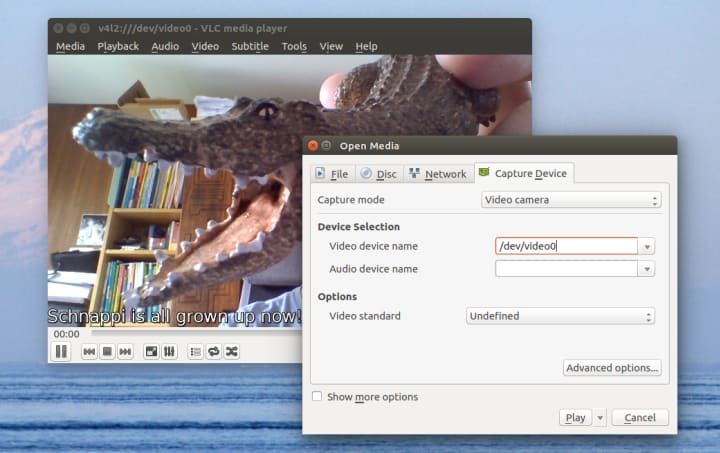Snapd 2.0.10: new media interfaces, channel switching
Canonical
on 11 July 2016
If it hasn’t already, snapd 2.0.10 should be making its way to your 16.04 systems. Here is what’s new!
The 2.0.10 release contains a number of improvements and fixes over the 2.0.9 release that was available before. The highlights:
Channels
Channels (stable, candidate, beta, edge) usage has been streamlined on the client.
As a shorthand to --channel=<channel>, you can now use --<channel> with the refresh and install commands.
For example:
Interfaces
New interfaces have landed with this release, giving you more freedom to interact with the OS, while keeping your app into the bounds of the existing confinement. This allows, for example, for improvements in the VLC snap’s user experience.
mpris (new)
- Allows snaps such as music players to connect to D-Bus as an MPRIS server.
- You can see an usage example in the VLC snapcraft.yaml.
camera (new)
- Grants access to
/dev/video0(although, note the following issue: https://pad.lv/1600719)
optical-drive (new)
- Grants read access to optical drives.
home
- Allow gvfs shares in home.
General
-
Snaps can be launched under KDE Neon
-
SNAP_COMMONandSNAP_USER_COMMONare paths to unversioned data directories -
Better handling of removed `
snap try` directories -
Fixes towards running snapd inside LXC
-
`
snap change <taskid>` shows task progress -
Auto-connect the
homeinterface only if running on classic
The changelog is available here and the full details can be found here: https://github.com/snapcore/snapd/tree/2.0.10
Let us know what you think!
We’d like to hear your feedback about snapd and snap technologies. Is there an interface you would need for your app to be working better? Can we do better with integrating with a particular distro? Here’s how we can talk:
-
Send an e-mail to the Snapcraft mailing list
-
File a bug in Snappy
Open source is what we do
We believe in the power of open source software. Besides driving projects like Ubuntu, we contribute staff, code and funding to many more.
Newsletter signup
Related posts
Real-time OS examples: use cases across industries
In sectors where precision and predictability are non-negotiable, timing is everything. Whether coordinating robotic arms on a factory floor, maintaining...
How to enable Real-time Ubuntu on your machine
If you’re here, you likely already know about preemption, determinism, and real-time capable operating systems. If that’s the case, and you want to learn how...
The State of Silicon and Devices – Q2 2025 roundup
Welcome to the Q2 2025 edition of the State of Silicon and Devices by Canonical. In this quarter, we have seen momentum accelerate in edge computing, as well...


